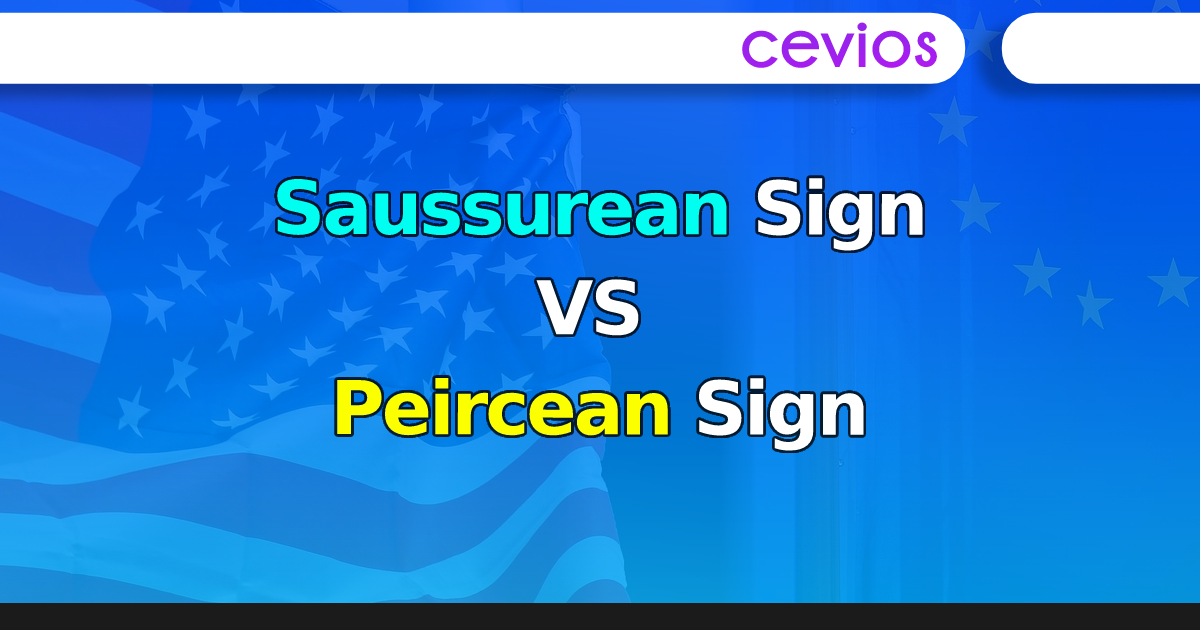Saussurean Sign VS Peircean Sign
| Peircean Sign | Saussurean Sign |
| General: It applies to everything, even atoms, or thoughts. The Peircean sign applies to all areas. | Linguistic, but generalizable[1]. However, according to the first definition given to semiology, it cannot be applied outside of Language[2] |
| Triadic: A constitution of three elements (Object – Sign – Interpretant) | Dyadic: Composed of two elements (Signifier – Signified) |
| Pragmatic: It is defined in varied contexts. The interactions between its elements give rise to what the author calls semiosis. | Decontextualized and it is part of a sign system. It has value only in relation to other signs. |
[1] According Marco Rühl “The terms concept and acoustic image were introduced by F. de Saussure to distinguish between linguistics and semiology” (Rühl, “1. Sémiologie et Linguistique.”)
[2] Language, in the sense that anything that intentionally communicates something such as images, language, gestures, etc.
“Saussurean Sign VS Peircean Signs” is part of:
Khettab, Sid Ahmed. Semiotics and Semiology: From Sign to Semiosis and From Code to Discourse [Course]. 2021. DOI.org (Datacite), https://doi.org/10.13140/RG.2.2.23509.55520. [Online Article]
KHETTAB, Sid Ahmed. Semiotics and Semiology: From Sign to Semiosis and From Code to Discourse. Independently published, 2021, https://www.amazon.com/Semiotics-Semiology-Sign-Semiosis-Discourse/dp/B0959N6111. [Paperback]

